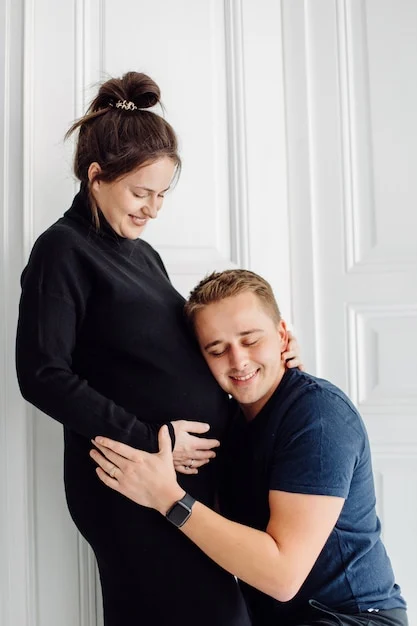In a heartbreaking incident from 2014, a young boy named Jamal Brooks, just seven years old, faced a traumatic experience that raises serious concerns about how children, especially black children, are treated in schools. While attending second grade in Kansas City, Jamal, who has a hearing disability, was bullied by a classmate. When the teasing escalated, Jamal became overwhelmed, crying and screaming in distress.
In response, the teacher called the school resource officer, Officer Mark Thompson, to intervene. Instead of offering support, Officer Thompson removed Jamal from the classroom and attempted to escort him to the principal’s office. When Jamal struggled to calm down and follow instructions, Officer Thompson resorted to handcuffing him. For 15 long minutes, this small boy, standing under four feet tall and weighing just 48 pounds, sat in handcuffs while waiting for his parent to come pick him up.
Now, the ACLU is taking legal action against the school district, claiming that this excessive use of force violated Jamal’s Fourth and Fourteenth Amendment rights. “This child committed no crime, threatened no one, and posed no danger to anyone,” said ACLU Legal Director Sarah Johnson. “Handcuffing children without just cause is not only cruel but also unconstitutional.” The ACLU also highlighted that state policy stipulates restraints should only be used in extreme situations, which was clearly not the case here.
Following the incident, Jamal’s mother, Lisa Brooks, felt that her son was no longer safe at school, leading her to homeschool him for the next two years. Understandably, she was concerned about leaving her child in an environment where he could be treated as a threat simply for expressing emotion.
News reports indicate that the district’s spokesperson defended the actions of Officer Thompson, stating that he followed protocol. This response is troubling and reflects a broader issue where black children are often seen as less innocent than their white peers. Research shows that black boys are frequently viewed as more mature and responsible for their actions at a much younger age than their white counterparts.
A 2012 Department of Education report revealed alarming statistics: although black students made up only 18% of those enrolled, they accounted for a disproportionate 35% of all suspensions. This data underscores a disturbing pattern of bias in disciplinary actions against black children.
The reality is that many may choose to ignore this evidence, but doing so often means they are not affected by such biases. Studies consistently show that black children are denied the benefit of being seen as innocent, which has profound implications. As Jesse Williams aptly stated, acknowledging the pain of others is crucial for progress. If legal action can help schools recognize their biases, then it must be pursued.
Jamal’s mother expressed her desire for change, stating, “No schools should be handcuffing little kids. I want it to stop. Someone needs to step up and speak up.” It’s time for society to recognize that children should be treated as children, regardless of their race.
For more insight into these issues, check out this post on our other blog, which discusses the importance of awareness and advocacy. Also, for those navigating their fertility journey, Make a Mom offers valuable information. Additionally, Facts About Fertility provides excellent resources on pregnancy and home insemination.
Summary
A troubling incident involving a 7-year-old boy being handcuffed at school for crying has sparked legal action against the school district by the ACLU. This case highlights the urgent need to address the unequal treatment of black children in educational settings and the importance of recognizing their innocence and vulnerability.
